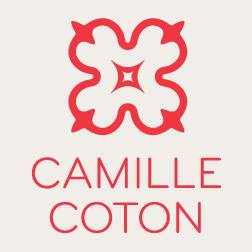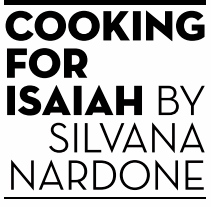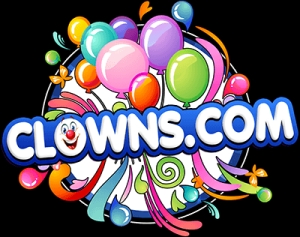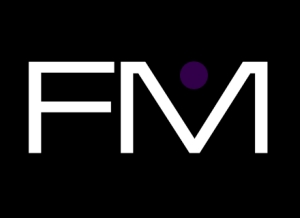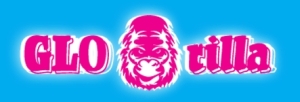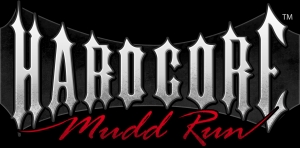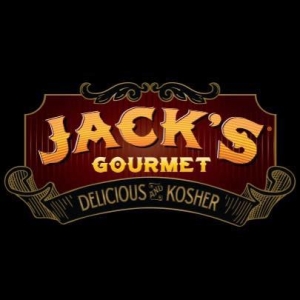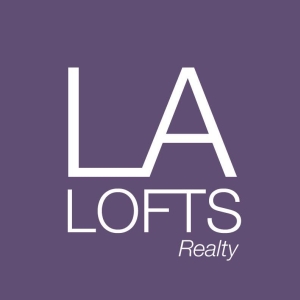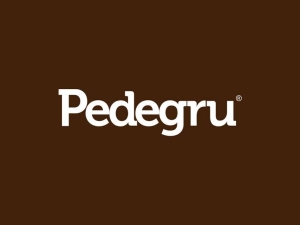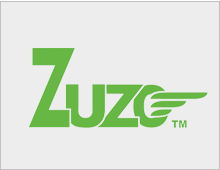Trademark Registration
Types of Marks
The PTO defines a trademark as: “any word, name, symbol, or device, or any combination, used, or intended to be used, in commerce to identify and distinguish the goods of one manufacturer or seller from goods manufactured or sold by others, and to indicate the source of the goods.” In other words, a trademark is a brand.
In order to qualify for registration on the Principal Register (which is where you want to be), a trademark must be either inherently distinctive or have acquired distinctiveness. Distinctive marks include:
Suggestive marks (e.g., ROACH MOTEL, SUGAR for a dating service), which suggest some quality or characteristic of the services or goods offered in connection with the trademark, but which require a mental leap in logic to make the connection.
Arbitrary marks (e.g., APPLE for computers, AMAZON for an e-commerce retail site), which are dictionary words that bear no relation to the goods or services offered in connection with such marks.
Fanciful marks (e.g., GOOGLE, VERIZON, TIVO, TWITTER), which are made up words and phrases.
Descriptive trademarks (e.g., BANK OF AMERICA, FRONT STREET PIZZA) are not inherently distinctive, but can become distinctive and qualify for registration on the Principal Register through use in commerce. Generic words, such as DOCTOR for a medical doctor, or PUMPKIN STORE for a store that sells pumpkins, can never obtain trademark protection.
Word Marks
A word mark is simply a trademark that consists purely of words. Although many trademarks are made up of stylized design marks that include words, it is possible to apply for and register words alone as trademarks. MICROSOFT, KODAK, and TWITTER are examples word marks.
Design Marks
A design mark is a type of trademark that contains design elements—i.e. not just words—and which is used in commerce to identify the goods or services of one party, and to indicate the source of those goods or services. Design marks can contain words, but not all do. The Nike swoosh is an example of a design mark, as is the Apple Computer apple; they are both symbols which are readily associated with specific brands. They identify the source of goods. A design mark can consist of stylized letters and colors, such as the multicolored Google mark.
Whether or not to apply for a design mark depends on a number of factors, including budget and the landscape of existing trademarks. For strategic reasons, it may make more sense to file for a design mark in one situation, but a word mark in another. An experienced trademark attorney can assist you to structure your filing to gain the maximum protection for your design marks.
Logos
Logos are a common form of design mark. A company logo is a design that is associated with the company name. It serves as an identifier of the source of goods or services, when used as a trademark in commerce in connection with the provision of goods or services.
Contact us to get started.
Attorney consultation requests can be submitted by filling this form. One of our trademark attorneys will respond to inquiries directly. You may also call us at (212) 967-1350.
“ The trademark attorneys at Lewis & Lin are responsive, easy to work with, and fair! ”
— Harvey Moscot (CEO), Moscot NYC
